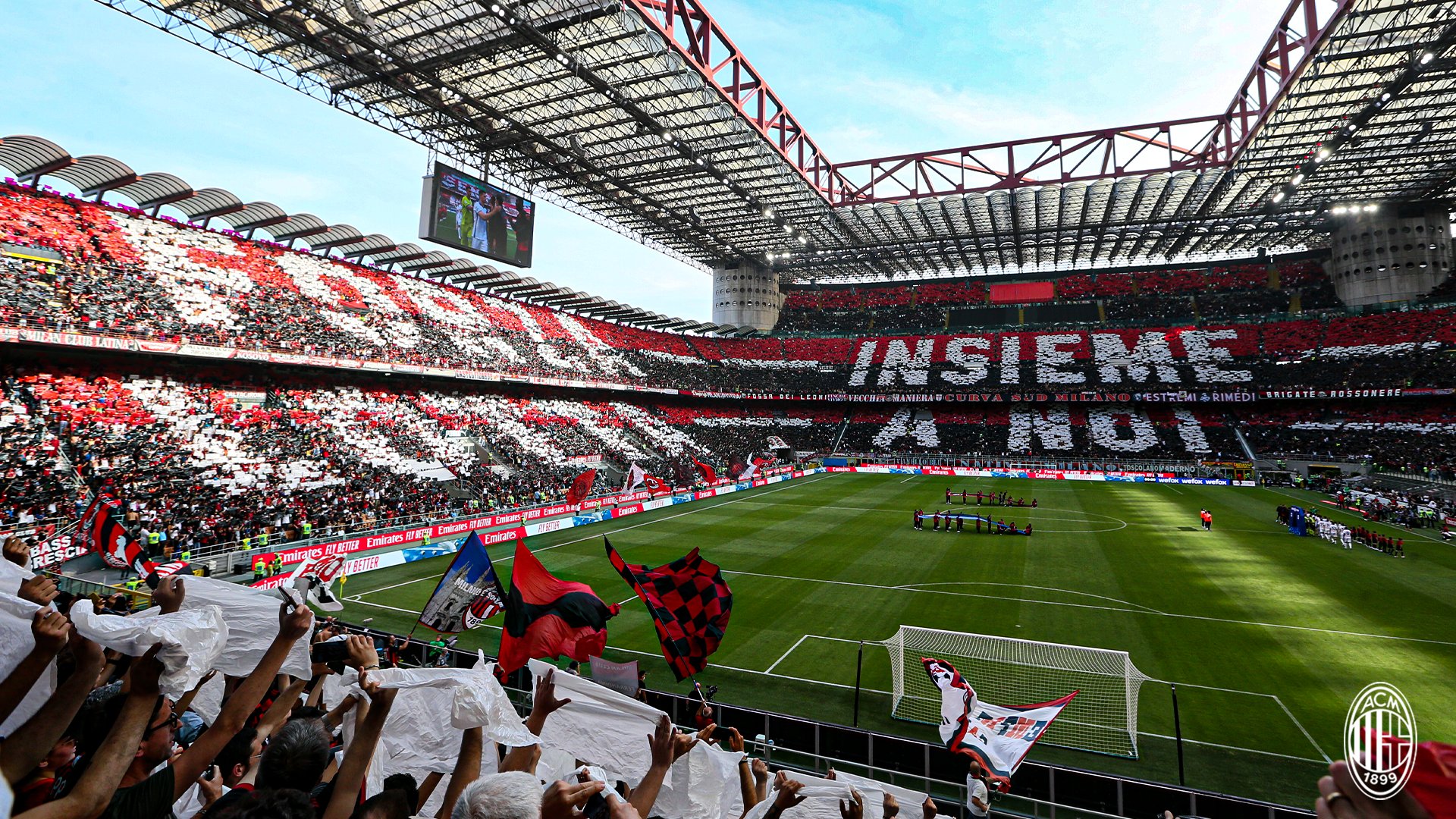In the heart of Italy, where ancient history and modern vibrancy intertwine, the stadiums of Serie A stand as hallowed grounds, echoing the passion, drama, and glory of Italian football. These arenas, more than mere structures of steel and concrete, are cathedrals of the beautiful game, each with its own unique story, atmosphere, and place in football lore.

As the homes of the storied clubs of Serie A, they provide the backdrop to the weekly ballet of football that unfolds across the country, from the misty north to the sun-kissed south.
The San Siro, officially known as Stadio Giuseppe Meazza, in Milan, is one of the most iconic football stadiums in the world. Shared by bitter rivals AC Milan and Inter Milan, it stands as a coliseum of modern gladiators, where battles are fought, and legends are born. Its towering stands and distinctive circular towers have witnessed some of the most memorable moments in Serie A and European football, making it a pilgrimage site for football fans around the globe.
Moving south to the capital, the Stadio Olimpico hosts the eternal derby between AS Roma and Lazio. This amphitheater of Roman spirit encapsulates the city's rich history and its undying love for football. The Olimpico's vast stands, filled with a sea of passionate supporters, create an electrifying atmosphere that can inspire home teams to glory or intimidate even the most seasoned of opponents.
In Turin, the Allianz Stadium, home of Juventus, represents a modern temple of football. Opened in 2011, it set a new standard for stadium design and fan experience in Italy. With its intimate seating arrangement, fans are closer to the action, creating an intimidating atmosphere for visiting teams. The Allianz Stadium is a fortress where Juventus has continued its domestic dominance, and its state-of-the-art facilities have made it a model for future stadium projects in Serie A.
Napoli's Stadio Diego Armando Maradona, formerly known as Stadio San Paolo, encapsulates the fervor and passion of the Neapolitan people. Renamed in honor of the club's greatest legend, it is a shrine to the magical Argentine who led Napoli to its most glorious era. The stadium, with its intense atmosphere and vocal supporters, remains one of the most daunting venues for any visiting team, a place where the spirit of Maradona still inspires the Partenopei.
Not to be overlooked, the smaller, yet equally storied stadiums of Serie A, like Genoa's Stadio Luigi Ferraris and Atalanta's Gewiss Stadium, add to the league's charm. These grounds, often set against picturesque backdrops, provide a more intimate viewing experience but are no less passionate. They remind us that in Serie A, football is not just a sport but a way of life, deeply ingrained in the fabric of each city and its people.
The future of Serie A stadiums looks bright, with plans for renovation and new constructions underway. These projects aim not only to enhance the fan experience but also to ensure that the stadiums can continue to serve as beacons of community pride and footballing tradition. The evolution of these cathedrals of football will play a crucial role in the growth and international competitiveness of Serie A.
The stadiums of Serie A are more than just venues for football matches; they are landmarks of cultural significance, representing the soul of their cities and the passion of their fans. Each game played within their confines adds another layer to their rich histories, stories told through the cheers and tears of those who have walked through their gates. As the sun sets on another matchday, the lights of these cathedrals of football dim, but their legacy endures, immortalized in the hearts of fans and the annals of Italian football history.